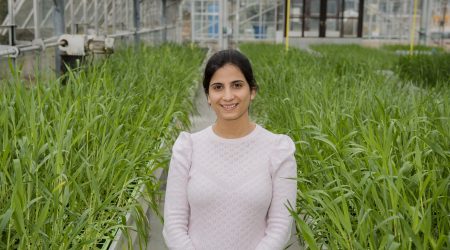
Sanu Arora group
The focus of the Arora lab is to explore the natural diversity of the Pisum (pea) species for environmental resilience
Find out more about the Sanu Arora groupWe are home to over 40 research groups, working on a variety of plant and microbial science research projects, led by our Group Leaders

The focus of the Arora lab is to explore the natural diversity of the Pisum (pea) species for environmental resilience
Find out more about the Sanu Arora group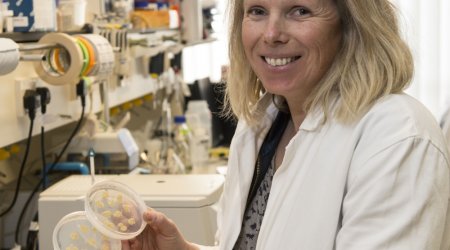
The Balk lab explores how plants balance the uptake of iron with cellular and developmental demands
Find out more about the Janneke Balk group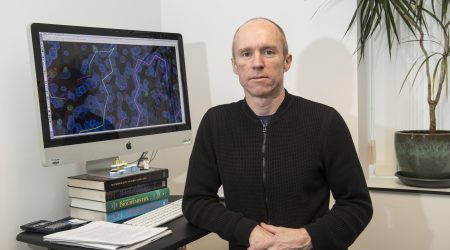
The Banfield lab explores the structure and function of intracellular disease resistance proteins, plant receptors which detect non-self molecules released by pathogens on infection
Find out more about the Mark Banfield group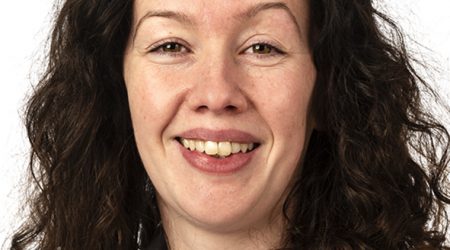
The Borrill group focuses on understanding the wheat genome to improve the nutritional value of wheat grain
Find out more about the Philippa Borrill group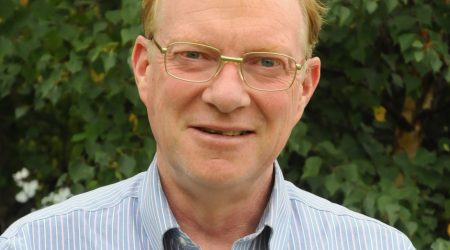
James Brown’s group studies the evolution of plant diseases, especially fungal diseases of crops and trees
Find out more about the James Brown group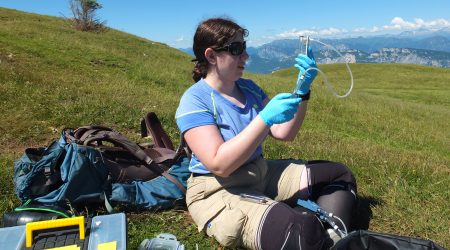
The Byers Group studies the evolution and diversification of floral scent at a wide range of scales, from genus-wide evolutionary patterns (lots of species) to floral scent evolution of pairs of species with different pollination systems
Find out more about the Kelsey Byers group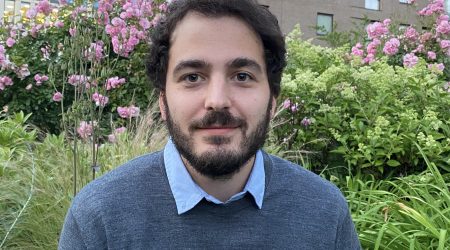
The Carella group’s research aims to better understand how the diversity of land plants defend against pathogen infection
Find out more about the Phil Carella group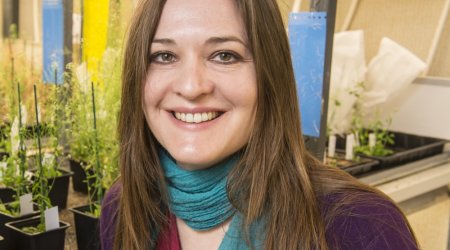
The Charpentier group works on nuclear calcium signalling in plants and how these signals are produced in response to environmental and biological stimuli
Find out more about the Myriam Charpentier group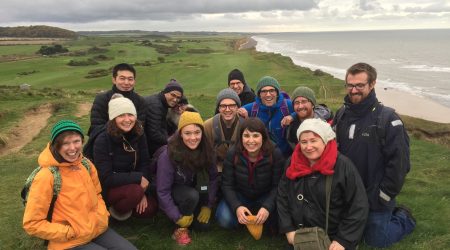
The Coen lab combine molecular, genetic, imaging, population, ecological and computational approaches to investigate how small groups of cells in microscopic buds turn themselves into the diverse flower and leaf shapes we see around us
Find out more about the Enrico Coen group
The Dean lab dissects mechanisms underlying epigenetic regulation of gene expression
Find out more about the Caroline Dean group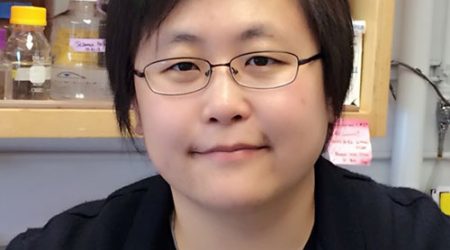
The Ding group investigates the role of RNA structure in gene regulation, such as translation, spicing and degradation
Find out more about the Yiliang Ding group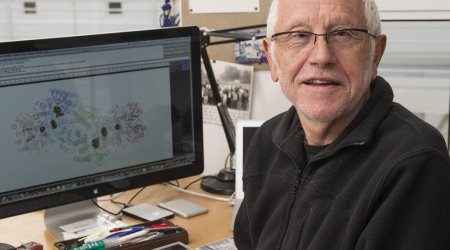
The Dixon group focuses on molecular understanding of biological nitrogen fixation in bacteria and its regulation in response to environmental cues
Find out more about the Ray Dixon group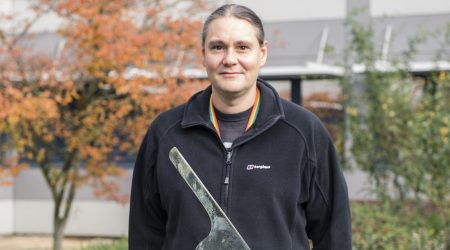
The Dodd lab investigates the adaptation of plants to fluctuating environments, focusing on circadian regulation and signal transduction
Find out more about the Antony Dodd group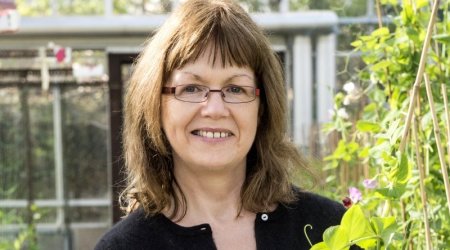
The Domoney group investigates the genetic basis for seed quality traits in legumes, using pea both as a research tool and as a crop which is important to UK agriculture
Find out more about the Claire Domoney group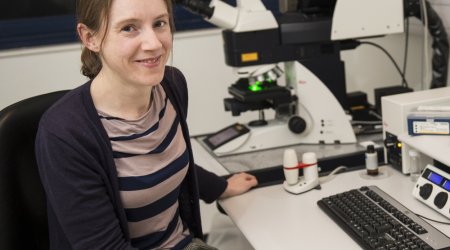
Research in the Faulkner lab addresses how cell-to-cell communication in plants contributes to the initiation and execution of plant immune responses
Find out more about the Christine Faulkner group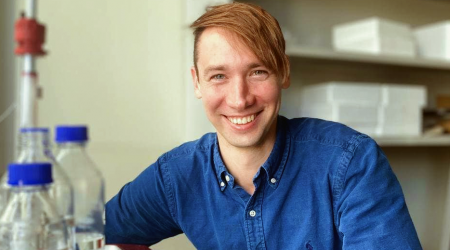
Dmitry’s group is investigating protein molecular machines to discover, design and develop better antimicrobials
Find out more about the Dmitry Ghilarov group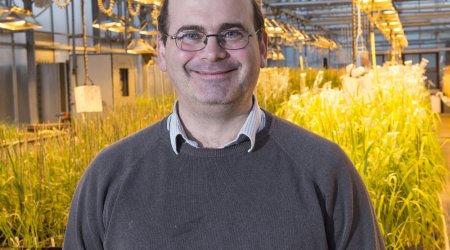
The Griffiths group studies height and flowering time in bread wheat and the genes which control the interaction between these traits to influence yield
Find out more about the Simon Griffiths group
Saskia’s group works on insect-plant interactions and insect-vectored bacterial plant pathogens using molecular biology, biochemistry and (functional) genomics tools
Find out more about the Saskia Hogenhout group
The Howard group combines simple, predictive mathematical modelling with long-lasting experimental collaborations, to dissect complex biological phenomena
Find out more about the Martin Howard group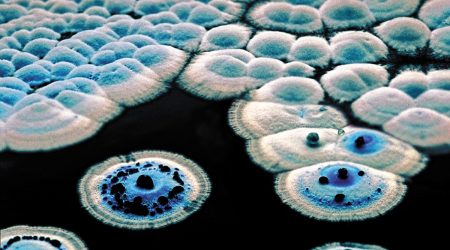
Matt’s group works on the specialised metabolites made by Streptomyces species and closely related actinomycete bacteria, which include more than half of all known antibiotics
Find out more about the Matt Hutchings group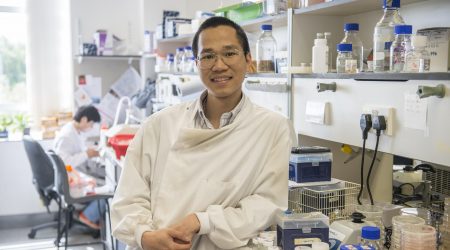
Tung Le’s group studies how the bacterial chromosome is organised spatially and segregated faithfully
Find out more about the Tung Le group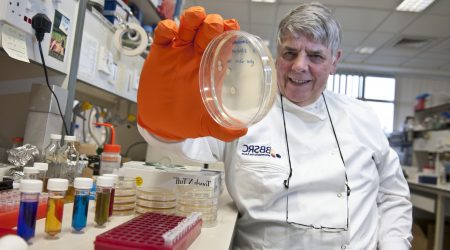
The Lomonossoff group uses nanotechnology to create virus-like particles which can be used for immune recognition and vaccine development
Find out more about the George Lomonossoff group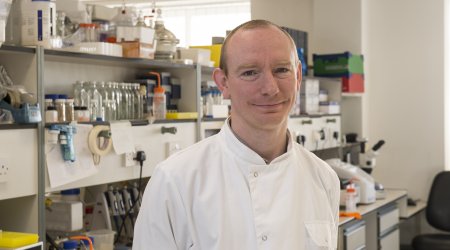
The Malone group investigates how bacterial signal transduction pathways respond to inputs from the environment, and how this in turn regulates bacterial behaviour
Find out more about the Jacob Malone group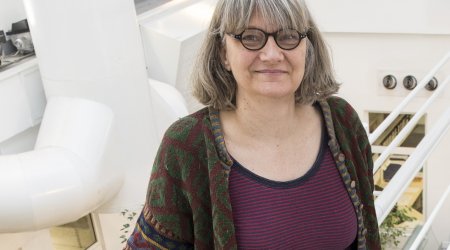
The Martin group works on biofortification and using plant metabolic engineering to enhance foods nutritionally
Find out more about the Cathie Martin group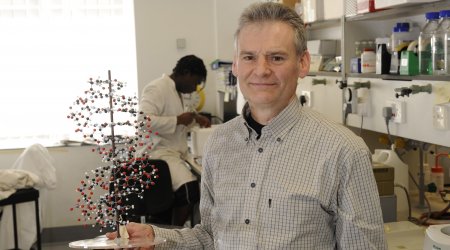
The Maxwell lab investigates the structure and mechanism of DNA topoisomerases and associated proteins, with a particular emphasis on
Find out more about the Tony Maxwell group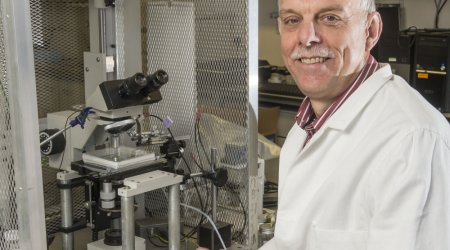
The Miller group investigates plant nitrogen content and how a balance between nitrate and ammonium is facilitated by nitrogen transporters to maintain pH within the cell
Find out more about the Tony Miller group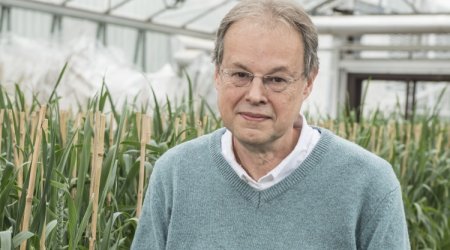
The Moore group research aims to understand chromosome pairing within wheat and enable the incorporation of genes from wild relatives into the wheat genome
Find out more about the Graham Moore group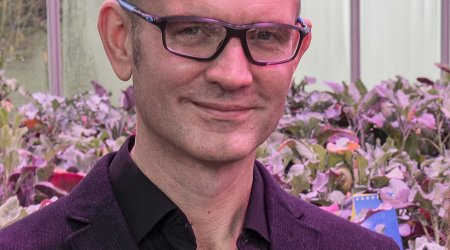
The Morris lab are interested in how plants carry out this information processing to guide their responses to external challenges
Find out more about the Richard Morris group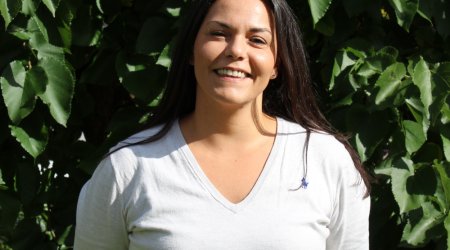
The Moubayidin group aims to reveal the mechanism at the cellular, molecular and genetic level that determines organ symmetry in plants
Find out more about the Laila Moubayidin group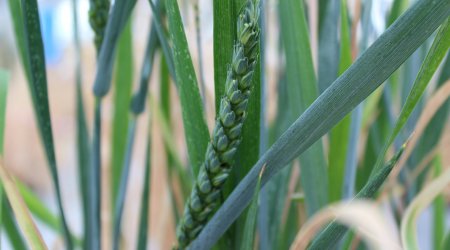
The focus of the Nicholson lab’s research is on investigating the genetic basis of resistance to a number of pathogens of wheat and barley
Find out more about the Paul Nicholson group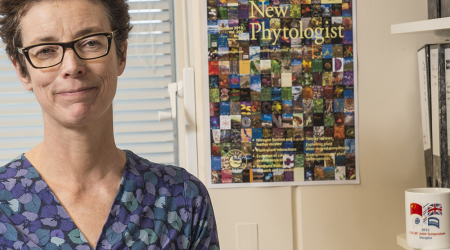
The Osbourn group investigates plant natural product biosynthesis and a synthetic biology platform for rapid gram-scale production
Find out more about the Anne Osbourn group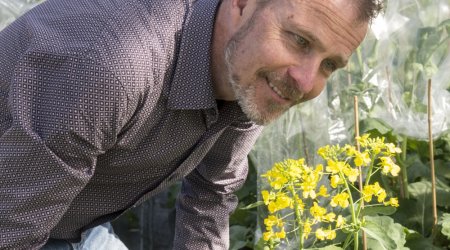
The Østergaard group investigates the genetic and hormonal regulation of fruit development in the Brassicaceae family
Find out more about the Lars Østergaard group
The Penfield group works to understand how weather and climate affect plant reproductive development and seed quality
Find out more about the Steve Penfield group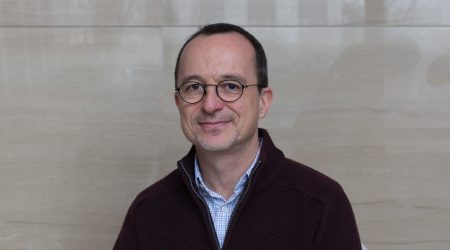
The Sablowski lab works on the genetics and cell biology of meristem and early organ development in the model plant species, Arabidopsis thaliana and in related crop species
Find out more about the Robert Sablowski group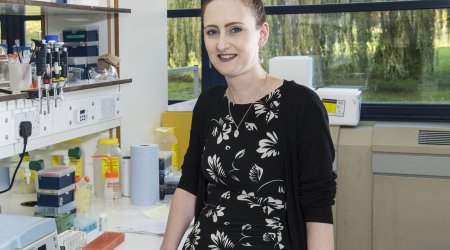
The Saunders group focuses on (re-)emerging plant pathogens that pose a significant threat to agriculture
Find out more about the Dianne Saunders group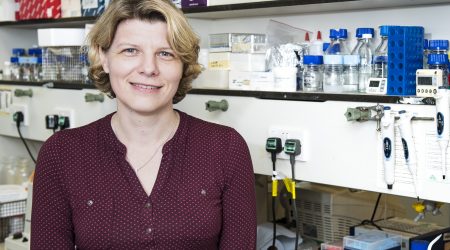
The Schlimpert lab studies cell division and multicellular development in Streptomyces and related bacteria
Find out more about the Susan Schlimpert group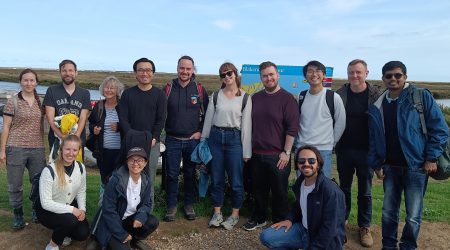
The Seung group aims to develop a full molecular understanding of how plants make starch
Find out more about the David Seung group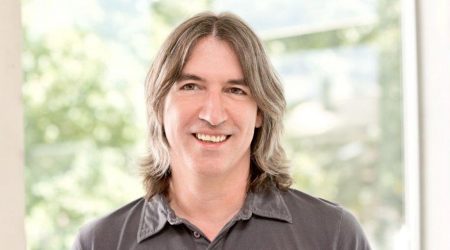
The Richard Smith group's research uses mathematical and computer simulation techniques to investigate questions in plant development
Find out more about the Richard Smith group
The Truman group is focused on biosynthesis of natural products, genome-led discovery of new natural products and understanding the role of natural products in nature
Find out more about the Andy Truman group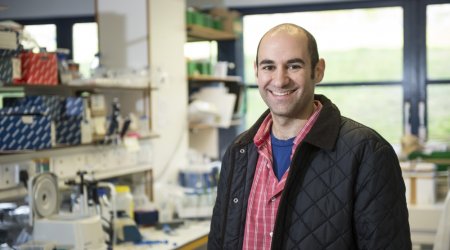
The Uauy lab is focused on using genetics and genomics to improve both yield and quality components in wheat
Find out more about the Cristobal Uauy group
The Webster group focuses on the molecular machines that express photosynthetic genes
Find out more about the Michael Webster group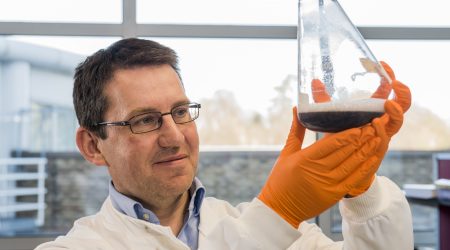
The Wilkinson group researches the discovery and biosynthesis of microbial natural products
Find out more about the Barrie Wilkinson group